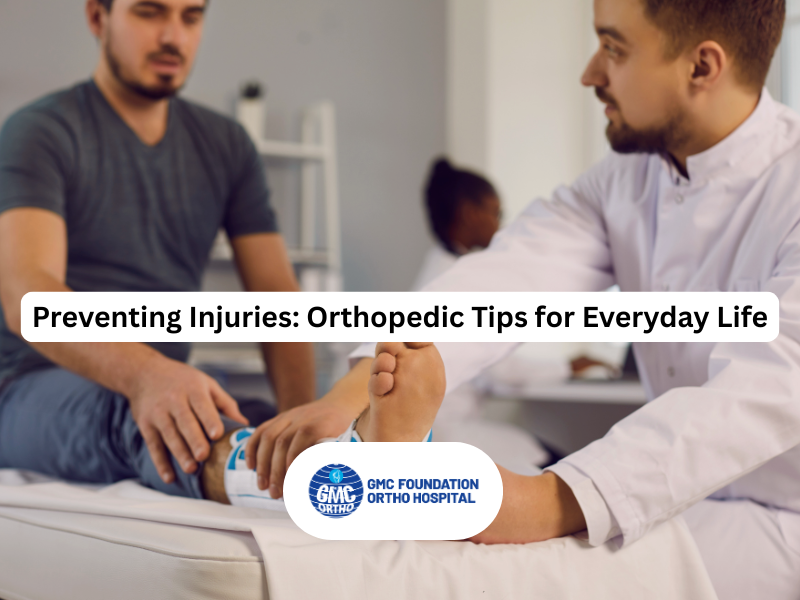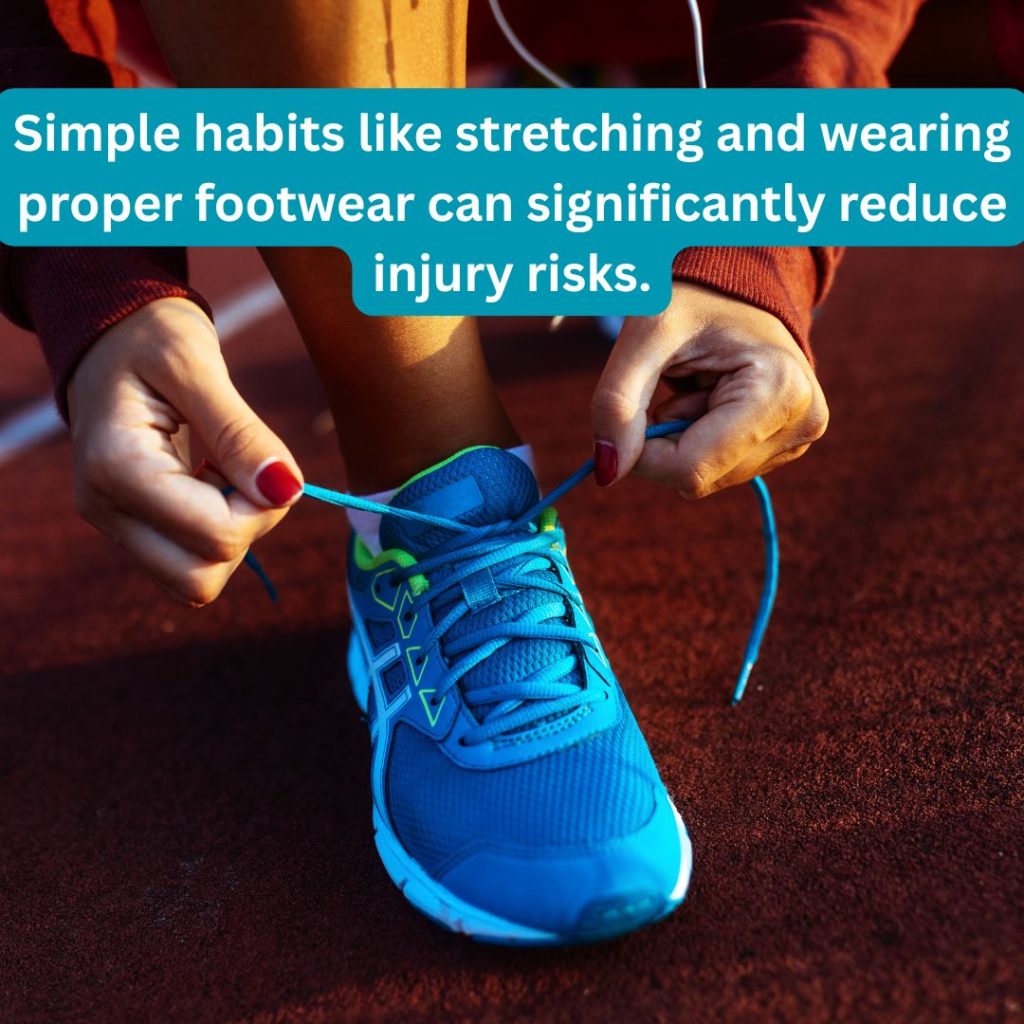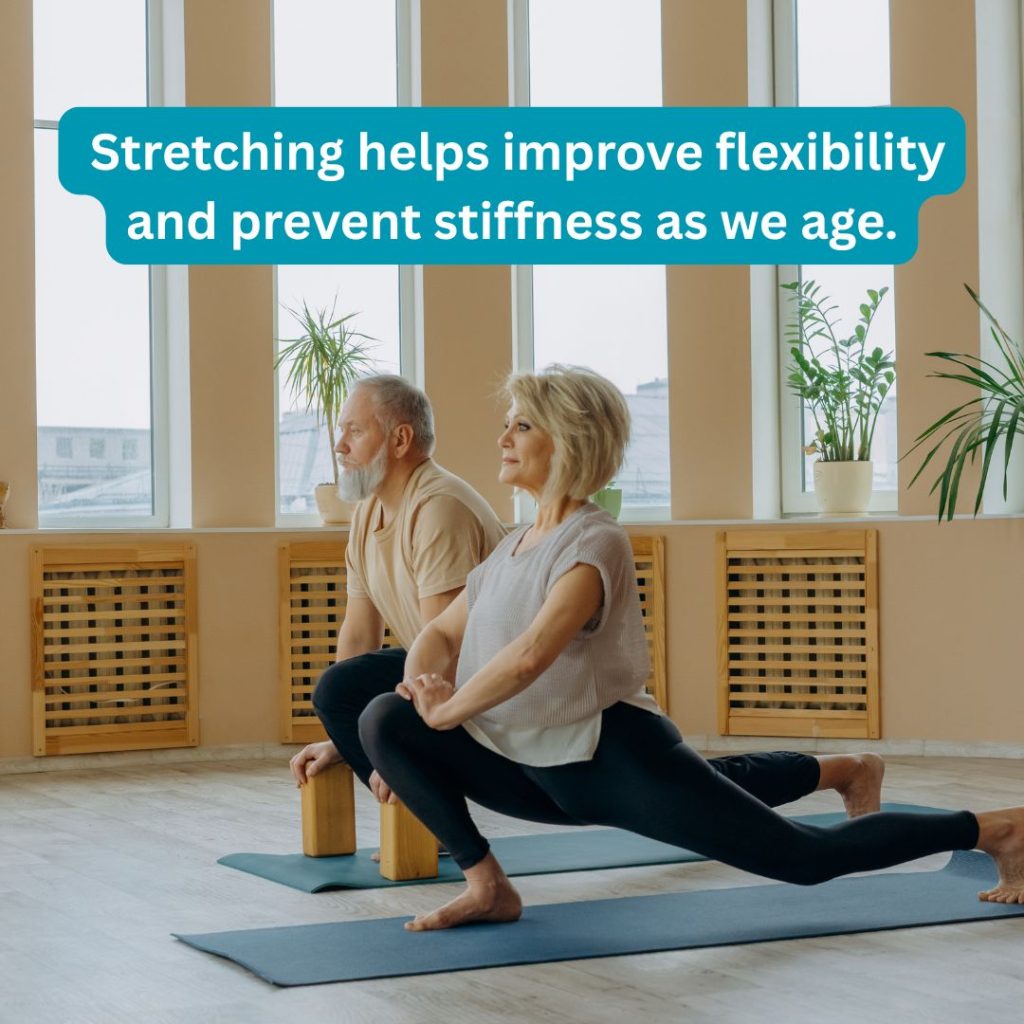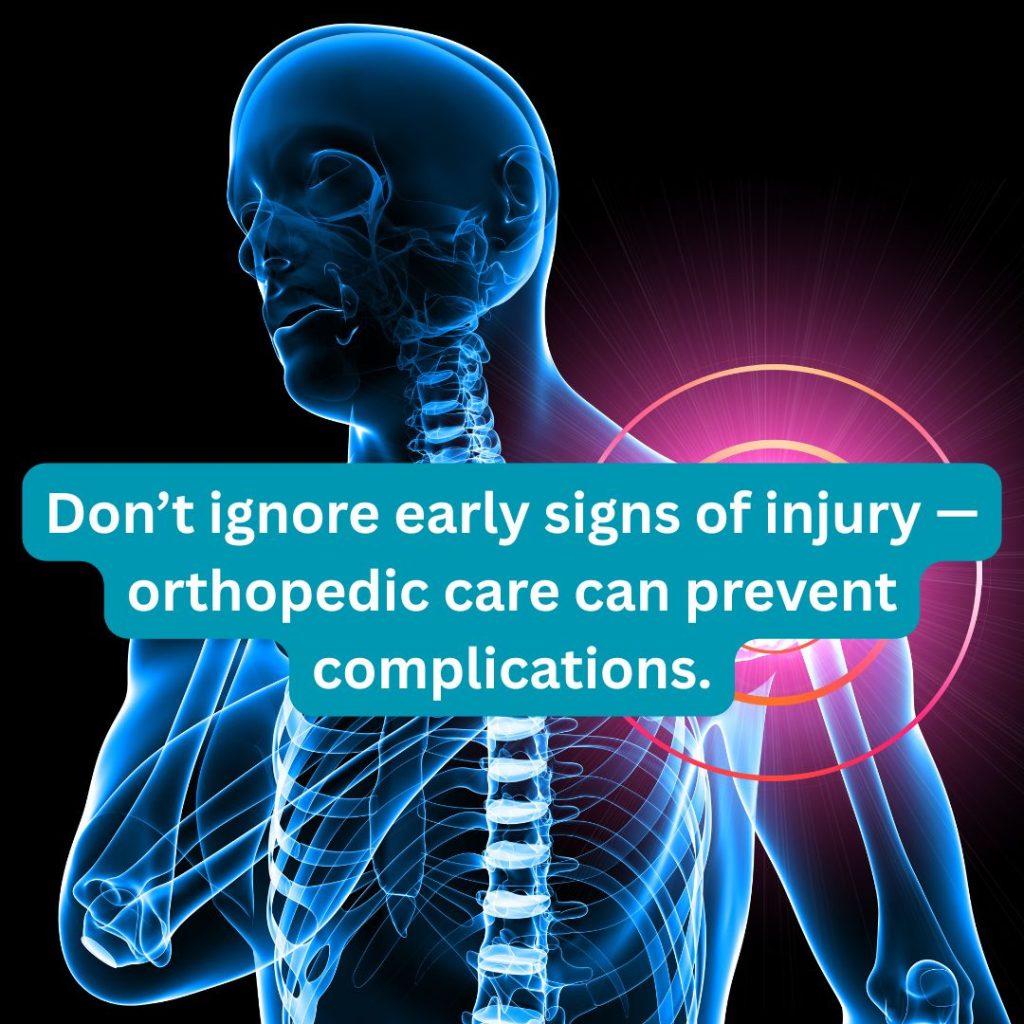9633789014





East Nadakkave, Kozhikode, 673011 9633789014
Book an Appointment
Note: This is an appointment request only Depending on the availability of the consultant, appointment will be confirmed to you through mail/call The appointment requests can be made minimum 48 hrs in advance

Preventing Injuries: Orthopedic Tips
June 3, 2025Preventing Injuries: Orthopedic Tips for Everyday Life
Author: gmc ortho hospital
Introduction
Most people associate orthopedic injuries with sports or aging, but the truth is that everyday activities can lead to joint, bone, and muscle injuries if we're not careful. From poor posture to lifting heavy grocery bags the wrong way, small mistakes can lead to big problems — especially over time. In this post, we’ll explore practical orthopedic tips to help prevent injuries in your daily life. Whether you're an office worker, a parent, a fitness enthusiast, or a senior citizen, these insights can help you stay mobile and pain-free.Why Injury Prevention Matters
Orthopedic injuries such as sprains, strains, tendonitis, and fractures can disrupt your routine, cause long-term discomfort, and lead to costly treatments. Prevention is not only easier and cheaper than cure, but it also supports long-term joint health and mobility.Top Orthopedic Tips to Prevent Everyday Injuries
🏃♂️ 1. Warm Up Before Physical Activity
Whether you're going to the gym, gardening, or even cleaning the house:- Spend 5–10 minutes warming up with light movement or stretches.
- Focus on joints that will be active — knees, shoulders, and hips.
🪑 2. Mind Your Posture
Poor posture puts unnecessary stress on your spine, hips, and knees. Do:- Sit with your back straight and feet flat on the floor.
- Keep computer monitors at eye level.
- Use a lumbar pillow if sitting for long hours.
- Slouch or lean forward on your phone/laptop.
- Stand with weight unevenly distributed.

🏋️♀️ 3. Lift Smart, Not Hard
Whether you’re picking up a child, suitcase, or groceries:- Bend at the knees, not the waist.
- Keep the object close to your body.
- Avoid twisting your spine while lifting.
👟 4. Wear the Right Footwear
Footwear affects your ankle alignment, knee stability, and lower back posture. Choose shoes that:- Fit properly
- Have good arch support
- Are suited for your activity (e.g., running, walking, work)
- Worn-out soles
- Flip-flops or heels for long walking
🛌 5. Sleep with Joint Health in Mind
Poor sleeping posture can lead to joint pain. Tips:- Use a medium-firm mattress.
- Sleep on your back or side, not stomach.
- Use a pillow that supports the natural curve of your neck.
🧘 6. Stay Flexible and Strong
Regular stretching and strengthening exercises protect your joints. Focus on:- Core strength (supports your spine)
- Leg and hip strength (prevents falls)
- Shoulder and back flexibility

🚿 7. Prevent Slips and Falls at Home
Falls are a major source of orthopedic injuries, especially in older adults. Quick Fixes:- Install grab bars in bathrooms
- Use non-slip mats in wet areas
- Keep floors dry and clutter-free
- Ensure good lighting in all rooms
🏃♀️ 8. Know Your Limits
Overexertion is a common cause of injury.- Don’t push through pain — it’s your body’s warning system.
- Rest and recover after intense activity.
- Avoid repetitive strain (e.g., typing, carrying bags on one shoulder).
🧊 9. Treat Small Injuries Before They Grow
Minor sprains or aches often get ignored — but they can worsen if untreated. Use the R.I.C.E. method for minor injuries: Rest, Ice, Compression, Elevation If pain persists beyond a few days, consult a doctor.💧 10. Stay Hydrated and Eat Joint-Friendly Foods
Joints need lubrication to stay smooth and healthy. Drink plenty of water, and include foods that support bone and joint health:- Calcium (milk, tofu, leafy greens)
- Vitamin D (sunlight, eggs, fortified foods)
- Omega-3s (fish, walnuts)
- Anti-inflammatory foods (turmeric, berries)
When to See an Orthopedic Specialist
Seek medical help if you experience:- Persistent joint or muscle pain
- Swelling or limited movement
- Recurring injuries
- Numbness or tingling in limbs

✅ Everyday Injury Prevention Checklist
| Tip | Reminder |
|---|---|
| Warm Up | Always stretch before activity |
| Posture | Keep your spine neutral |
| Lifting | Use your legs, not your back |
| Footwear | Choose support over style |
| Home Safety | Install anti-slip measures |
| Exercise | Stay strong and flexible |
| Listen to Your Body | Pain is a signal, not a challenge |
